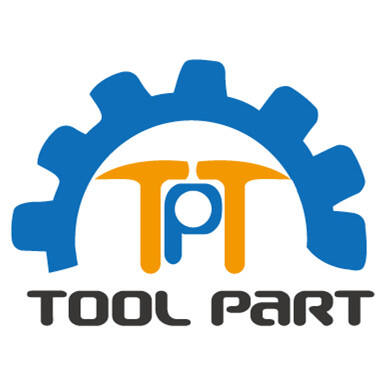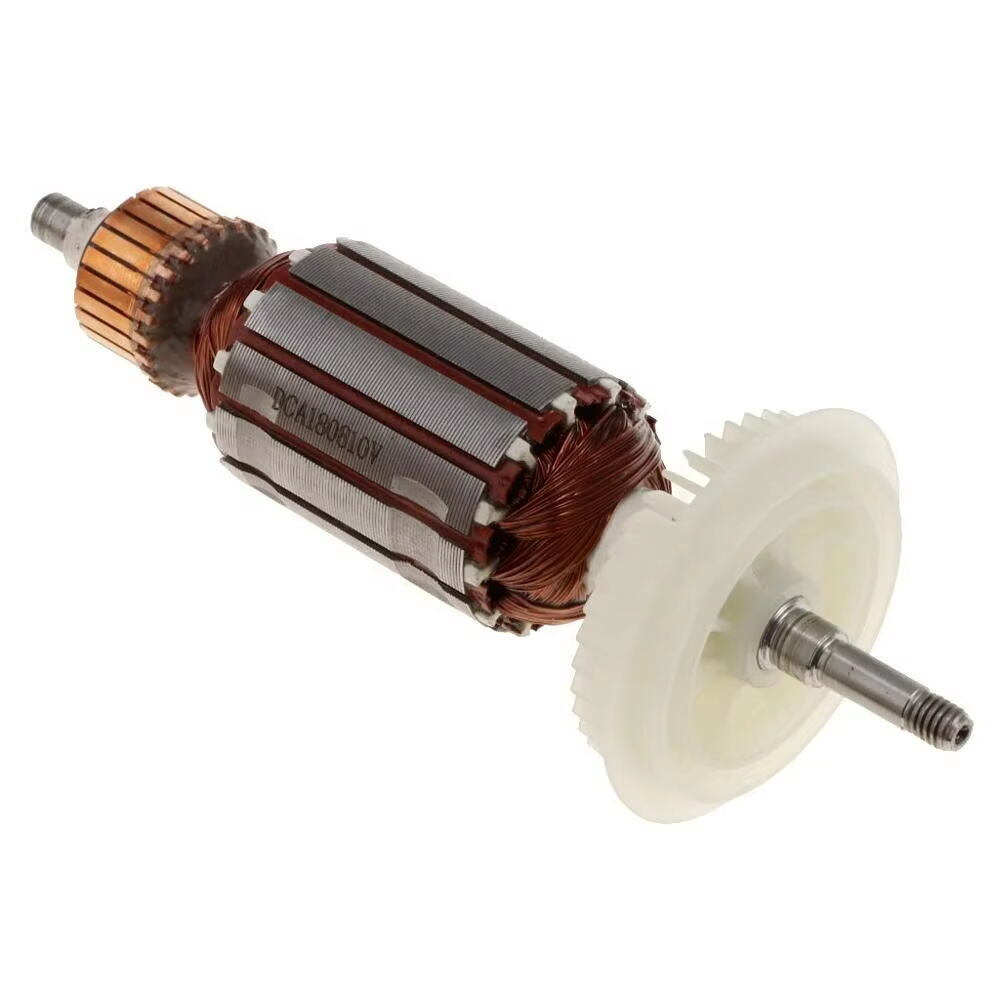Maintaining your angle grinder properly is essential to keep the tool safe and efficient. Regularly maintain angle grinder components to prevent malfunctions and extend its lifespan. Failing to maintain an angle grinder can result in expensive repairs or replacements. Always clean, inspect, and store your angle grinder correctly after each use. By following these steps, you can ensure your angle grinder stays reliable for years to come.
Daily Practices to Maintain Angle Grinder
Clean the Tool After Every Use
Keeping your angle grinder clean is one of the simplest ways to ensure it works efficiently. After each use, remove dust, debris, and residue from the tool. Use a soft brush or compressed air to clean hard-to-reach areas. Pay special attention to the vents, as clogged vents can lead to overheating. Wipe the exterior with a dry cloth to remove any grease or dirt. A clean tool not only performs better but also lasts longer.
Inspect for Wear, Damage, and Loose Parts
Before storing your angle grinder, inspect it for any signs of wear or damage. Check the grinding disc for cracks or chips, as using a damaged disc can be dangerous. Examine the guard, flange, and other components to ensure they are secure and in good condition. Tighten any loose screws or bolts. Regular inspections help you identify potential issues early, preventing costly repairs and ensuring your safety.
Store in a Dry and Safe Location
Proper storage is essential to maintain angle grinder parts. Always store your tool in a dry, dust-free environment to prevent rust and corrosion. Use a dedicated case or toolbox to protect it from accidental damage. Avoid placing heavy objects on top of the grinder, as this can damage its components. A well-stored angle grinder stays in better condition and is ready for use whenever you need it.
Periodic Maintenance for Angle Grinder Longevity
Lubricate Moving Components
Lubricating the moving parts of your angle grinder is essential for smooth operation. Over time, friction can wear down components like bearings and gears. Apply a high-quality lubricant to these areas periodically to reduce wear and tear. Always follow the manufacturer’s recommendations for the type of lubricant to use. Avoid over-lubricating, as excess grease can attract dust and debris, which may harm the tool. Regular lubrication ensures your angle grinder operates efficiently and lasts longer.
Replace Worn Carbon Brushes and Other Parts
Carbon brushes play a critical role in the motor’s performance. Worn brushes can cause the motor to lose power or stop working entirely. Inspect the brushes periodically and replace them when they become too short or damaged. Check other parts, such as the grinding disc and guard, for signs of wear. Replacing worn components promptly helps you maintain angle grinder performance and prevents further damage to the tool.
Check Power Cables and Connections
Damaged power cables pose a serious safety risk. Inspect the cord for cuts, frays, or exposed wires. If you notice any damage, replace the cable immediately. Also, check the plug and connections to ensure they are secure and functioning correctly. A faulty connection can lead to power interruptions or even electrical hazards. Keeping the power cables in good condition is vital for safe and reliable operation.
Best Practices to Maintain Angle Grinder During Use
Use Accessories Recommended by the Manufacturer
Always use accessories designed for your specific angle grinder model. Manufacturers test and approve these accessories to ensure compatibility and safety. Using unapproved discs or attachments can lead to poor performance or even accidents. Check the user manual for a list of recommended accessories. Verify that the grinding disc matches the speed and size requirements of your tool. This practice not only improves efficiency but also helps you maintain angle grinder safety during operation.
Avoid Overloading the Grinder
Overloading your angle grinder can strain the motor and reduce its lifespan. Apply moderate pressure when cutting or grinding. Let the tool do the work instead of forcing it through the material. If you notice the motor slowing down or overheating, reduce the load immediately. Overloading can damage internal components, leading to costly repairs. By operating the grinder within its limits, you ensure smooth performance and extend its durability.
Allow Cooling Breaks to Prevent Overheating
Continuous use can cause your angle grinder to overheat, which may damage the motor. To prevent this, take short breaks during extended tasks. Allow the tool to cool down before resuming work. Check the vents to ensure proper airflow and clean them if necessary. Overheating not only affects performance but also poses a safety risk. Regular cooling breaks keep your tool in optimal condition and ready for long-term use.
Regular maintenance helps you keep your angle grinder safe, efficient, and durable. By following daily, periodic, and usage best practices, you can avoid costly repairs and extend the tool’s lifespan. Start applying these tips today to maintain angle grinder performance and get the most value from your tool.

